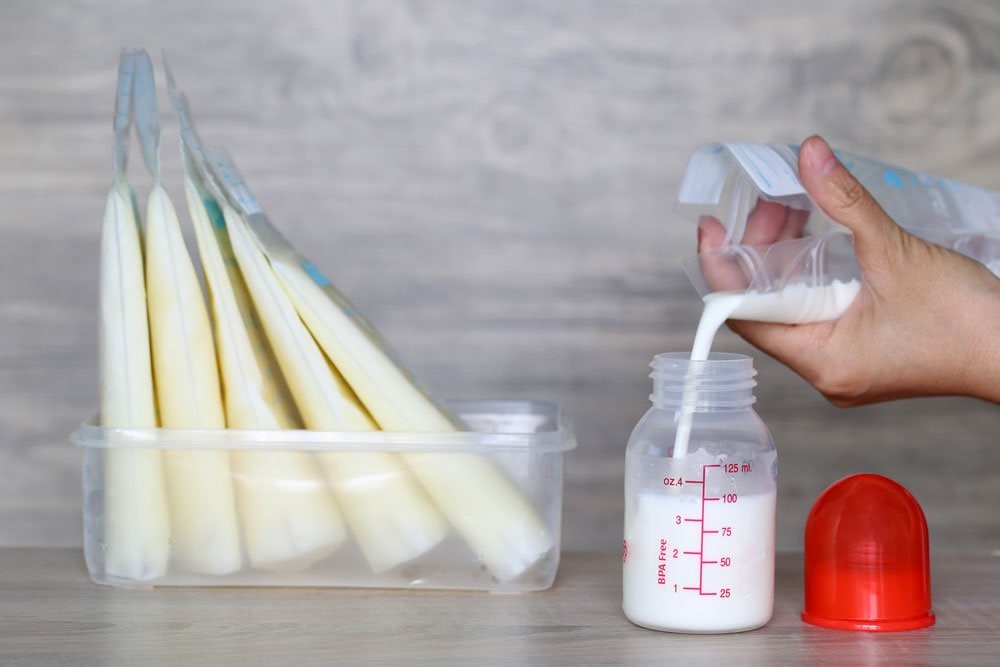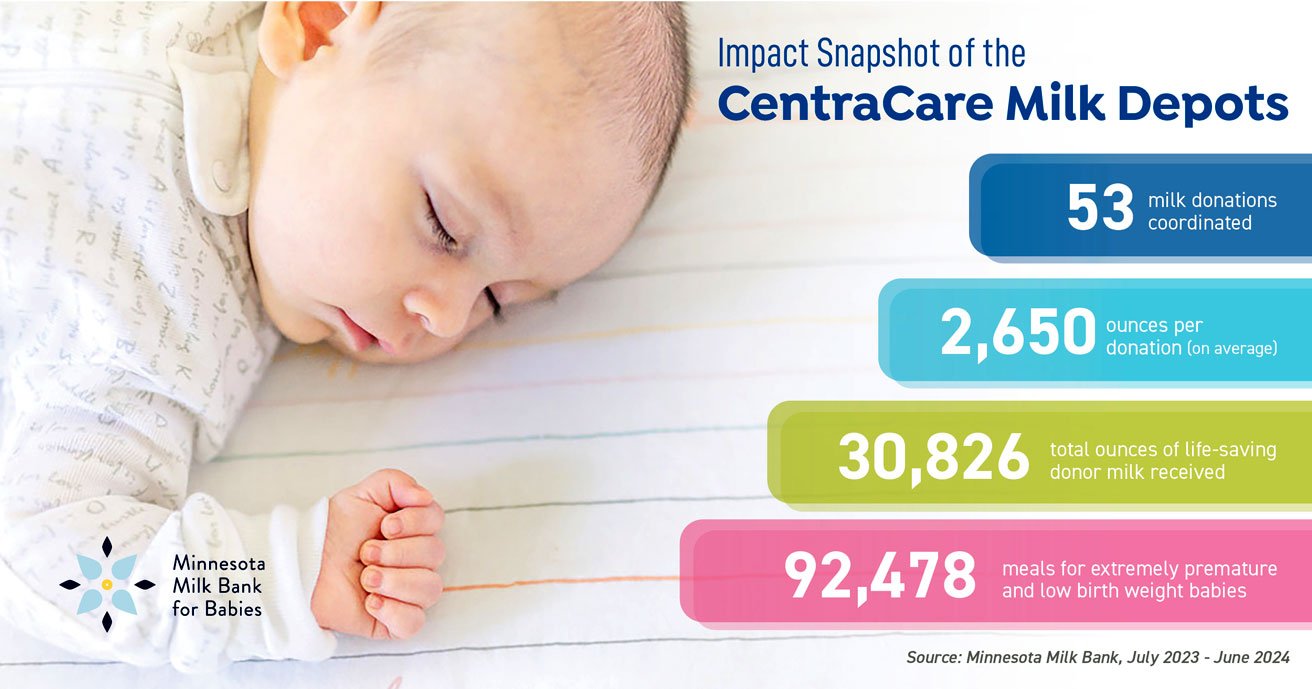Liquid Gold: The Ultimate Guide for Donating Breastmilk and Impacting Tiny Lives
 Donating breast milk is more than just a generous act — it is a lifeline for babies who need it most. Whether you are a seasoned mom with an abundant supply or someone who's experienced loss, your donation can make a difference. This guide walks you through everything you need to know about breast milk donation, from eligibility and safety to the profound impact your gift can have on fragile newborns. Ready to turn your extra milk into life-saving nourishment? Here is how.
Donating breast milk is more than just a generous act — it is a lifeline for babies who need it most. Whether you are a seasoned mom with an abundant supply or someone who's experienced loss, your donation can make a difference. This guide walks you through everything you need to know about breast milk donation, from eligibility and safety to the profound impact your gift can have on fragile newborns. Ready to turn your extra milk into life-saving nourishment? Here is how.
What is the difference between a milk bank and informal milk sharing?
A milk bank is regulated and registered with the Food and Drug Administration (FDA). The milk donation process is stricter than the process for donating blood. Informal milk sharing is not regulated and poses many potential risks of exposing your baby to infectious diseases, pathogens and viruses. See Donate Milk flier.
Who can donate?
Anyone lactating who is an approved donor through the Minnesota Milk Bank for Babies can donate breast milk. This includes mothers who have experienced loss.
Disqualifications include the use of tobacco products, regular alcohol consumption, and recreational drug use including marijuana and any CBD oil. If you're at risk for any transmittable diseases or take certain herbs and supplements, you may be excluded from the donation process.
How do I start?
If you meet the eligibility requirements and have at least 150 ounces of breast milk for your first donation, apply online at Milk Bank for Babies. Next, you will be scheduled for a phone interview to discuss your health history and then you will undergo a free blood test.
Making your first donation
Your first donation as an approved donor must be at least 150 ounces of breast milk. After the initial donation, you can donate in any amount and frequency. Breast milk donors are not compensated, it is a labor of love. However, donation storage bags are available for free upon request.
Milk storage requirements from Minnesota Milk Bank for Babies include:
- Must be stored in single-use sterile breast milk pump bags or bottles (glass bottles, ice cube/milk trays, self-sealing bags or containers not specifically intended for breast milk are not accepted).
- Milk must be clearly labeled with the date it was pumped (best to use a permanent marker).
- Do not combine different pumping sessions from different dates.
- Milk must be frozen within four days of pumping (less than 24 hours is ideal).
- Milk should not be heated before freezing or thawed and then refrozen.
- Milk needs to be free of any restricted substances and medication.
- Pumping supplies and parts must be cleaned with hot soapy water after each use.
- Milk can be donated up to 8 months from the expression date, and less than 1 year postpartum if safely stored.
Once milk meets all requirements it can be dropped off at a milk depot. If you do not live near a milk depot the milk bank can help facilitate a volunteer pickup, schedule a FedEx delivery, or air transport milk via Angel Flight Central.

Collecting the milk
Once the milk gets to the bank it is sorted and thawed. Milk gets pooled with other donors to ensure consistent calorie counts and then is pasteurized and tested from an outside lab for bacteria. Milk is not treated with chemicals. The entire batch is given a lot number and expiration date.
After that process, it is frozen and sent to hospitals with special care nurseries and neonatal intensive care units (NICU). Medically fragile babies are often the recipients of donated breast milk because their risk of necrotizing enterocolitis (NEC) is higher overall. Healthy babies can also receive milk between birth and their mother's milk development. For reference, the milk lot number is in the baby's chart.
For more information about donating, receiving breast milk or to speak with a lactation consultant, visit Minnesota Breast Milk for Babies.